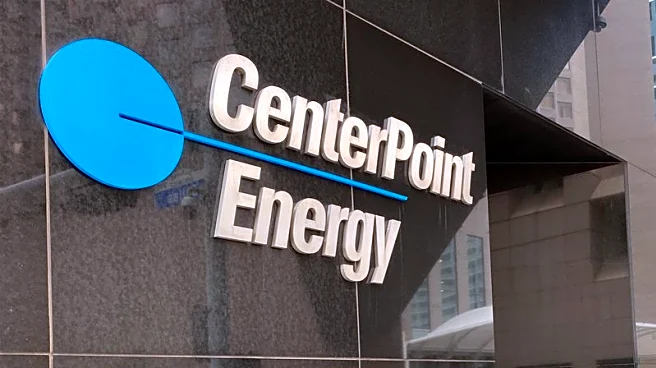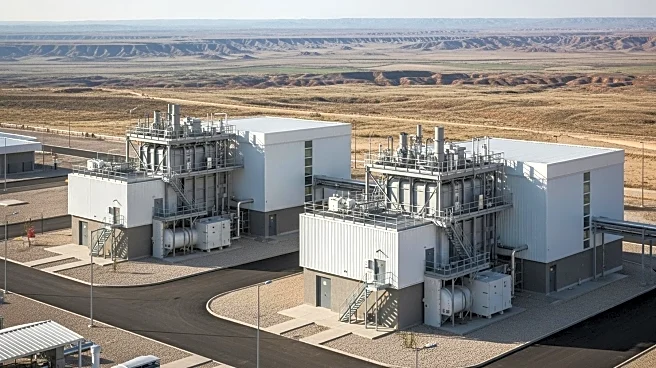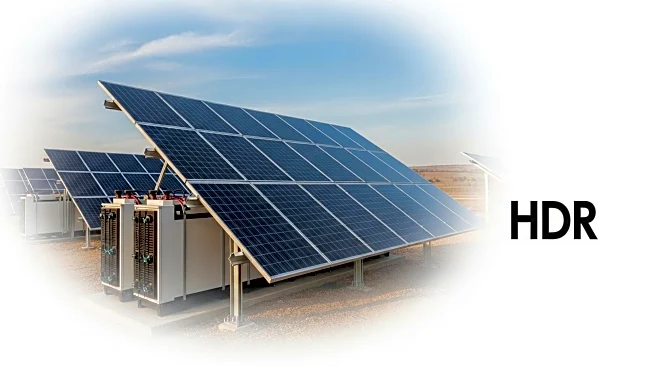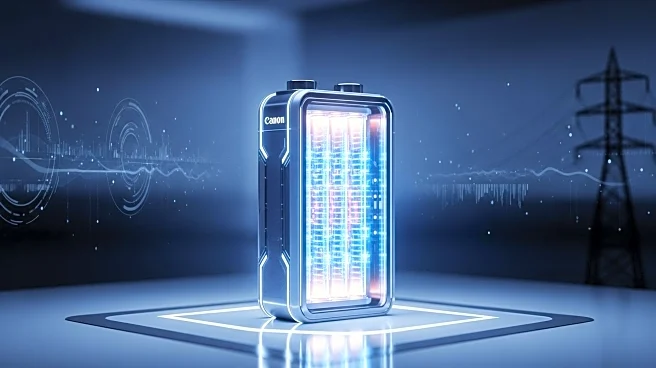What is the story about?
What's Happening?
Vistra, a major U.S. utility company, is capitalizing on the growing demand for electricity driven by artificial intelligence data centers and broader electrification trends. The company operates a diversified portfolio with over 41,000 megawatts of generation capacity, including natural gas, nuclear, coal, solar, and battery energy storage systems. Headquartered in Irving, Texas, Vistra has invested over $2 billion in renewable energy and grid-scale battery storage since 2020. The company reported trailing 12-month revenue of approximately $16.7 billion as of mid-2025, reflecting a 50% increase year-to-date. Vistra's strategic mergers, including the $18.8 billion acquisition of Energy Harbor in 2024, have bolstered its nuclear capacity by 4,000 MW, enhancing portfolio resilience and earnings visibility.
Why It's Important?
Vistra's expansion is significant as it aligns with projections that U.S. power needs could double by 2030. The company's nuclear fleet, among the cleanest baseload sources, is ideally suited to meet this demand without incurring emissions penalties. This positions Vistra as a leader in the energy transition, offering an attractive valuation amid PJM market tailwinds and regulatory support for carbon-free power. The company's financial efficiency, with adjusted EBITDA guidance for 2025 of $4.1 billion-$4.5 billion, supported by strong free cash flow exceeding $2 billion annually, underscores its potential for growth.
What's Next?
Vistra's stock is expected to experience volatility, with options market projections indicating a potential $100 movement between now and January 2027. This presents an opportunity for investors to capture potential upside with reduced downside exposure through long-dated call/spread risk reversal trades. The company's continued focus on expanding its clean energy portfolio and strategic mergers will likely enhance its market position and financial performance.
Beyond the Headlines
Vistra's growth reflects broader trends in the utility sector, where companies are increasingly propelled by the demand for clean energy and technological advancements. The company's investments in renewable energy and battery storage highlight the shift towards sustainable energy solutions, which could have long-term implications for the U.S. energy landscape.
AI Generated Content
Do you find this article useful?















